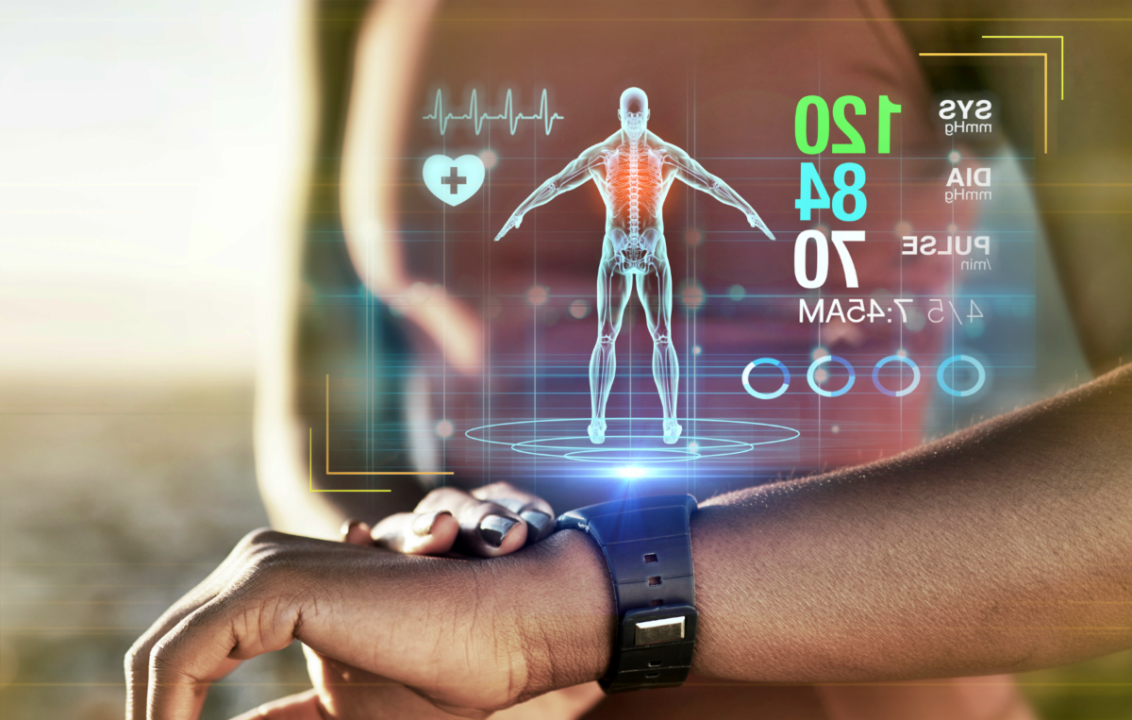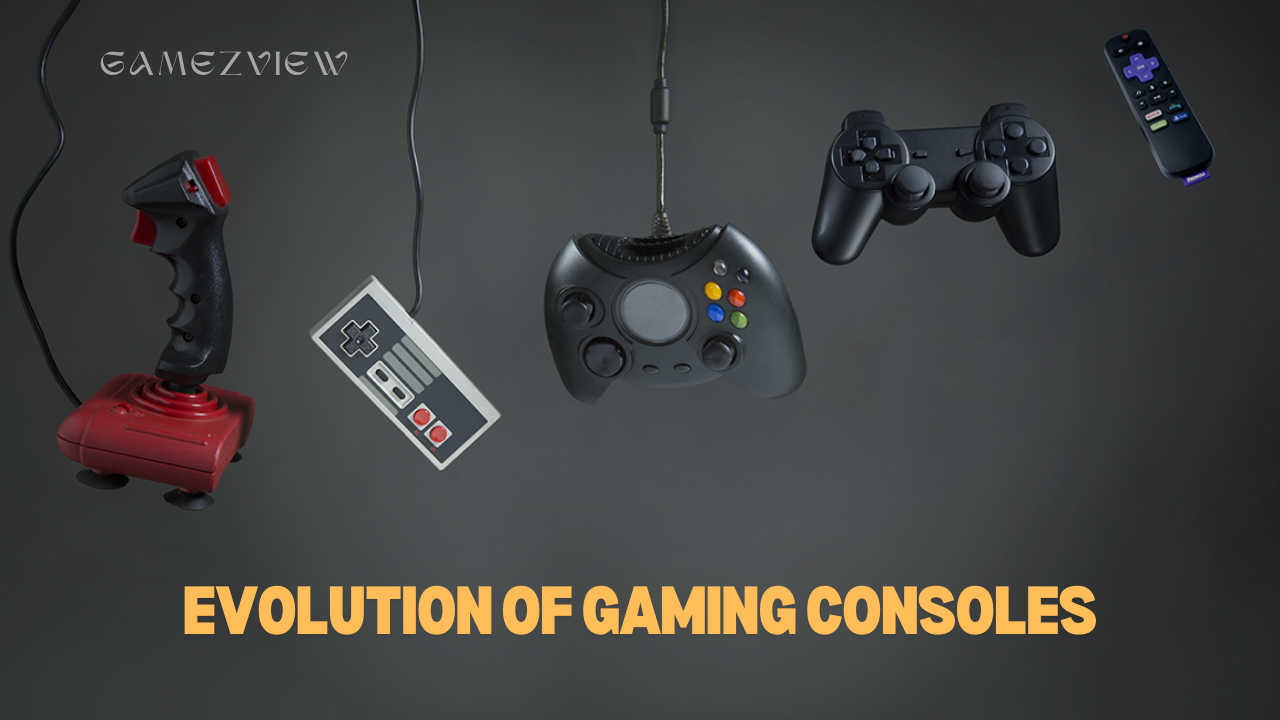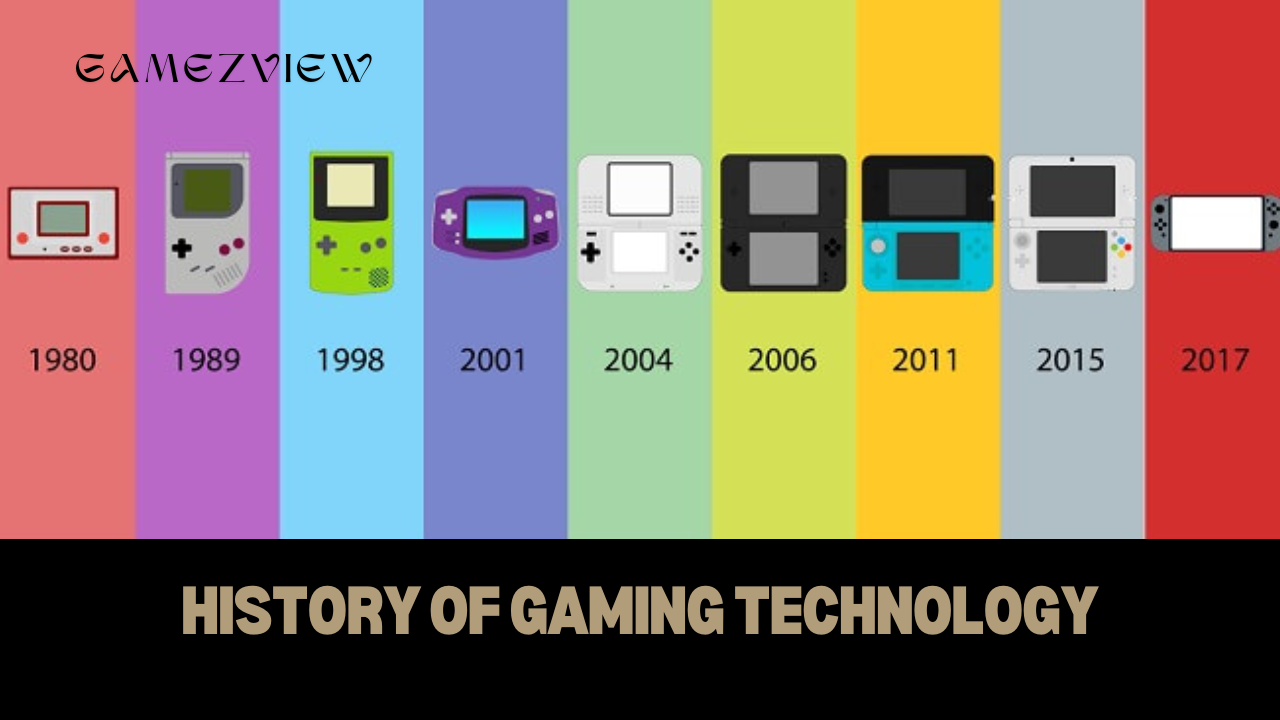In the digital age, wearable technology has emerged as a transformative force in the realm of health and fitness. This sector, which includes devices such as smartwatches, fitness trackers, and smart clothing, is revolutionizing how individuals monitor and manage their well-being. These devices offer real-time insights, personalized feedback, and actionable data, leading to more informed decisions about health and fitness. Here’s a comprehensive exploration of how wearable technology is changing these fields, delving into its impact, advantages, and potential future developments.
The Evolution of Wearable Technology
Wearable technology has evolved significantly over the past few decades. Early iterations, such as pedometers and heart rate monitors, were relatively simple, focusing on specific metrics. Today, wearables have become sophisticated devices that can track a wide array of physiological and lifestyle parameters. Smartwatches, for example, now integrate with smartphones to provide notifications, GPS tracking, and even health-related features like ECG (electrocardiogram) monitoring and blood oxygen saturation levels.
This evolution reflects broader technological advancements. Miniaturization of components, improvements in battery life, and innovations in sensor technology have enabled the development of devices that are not only more functional but also more comfortable and stylish. As a result, wearables have become more appealing and accessible to a broader audience, extending their influence beyond early adopters to mainstream users.
Health Monitoring and Management
One of the most significant impacts of wearable technology on health is its ability to monitor and manage various health conditions. Wearable devices provide continuous, real-time data that can be crucial for individuals with chronic conditions or those seeking to maintain optimal health.
1. Continuous Health Monitoring: Wearables like smartwatches and fitness trackers can monitor heart rate, and blood pressure, and even detect irregular heartbeats. This continuous monitoring is invaluable for managing conditions such as hypertension or arrhythmia. For instance, the Apple Watch’s ECG app can detect atrial fibrillation (AFib), a common heart condition that might otherwise go unnoticed until it becomes severe. Early detection through wearable technology can lead to timely medical intervention, potentially preventing serious complications.
2. Personalized Health Insights: Wearable devices offer personalized insights based on collected data. For example, a fitness tracker might provide feedback on an individual’s sleep patterns, activity levels, and overall wellness. By analyzing these metrics, users can identify patterns and make lifestyle adjustments that improve their health. Apps connected to wearables can offer tailored recommendations, such as optimizing sleep schedules or adjusting exercise routines based on activity levels.
3. Remote Patient Monitoring: Wearable technology also plays a crucial role in remote patient monitoring. For patients with chronic diseases, regular visits to healthcare providers can be time-consuming and costly. Wearables enable remote monitoring, allowing healthcare professionals to track patients’ health data in real time and make informed decisions about their treatment plans. This approach not only improves patient outcomes but also enhances the efficiency of healthcare delivery.

Fitness Tracking and Motivation
In the realm of fitness, wearable technology has become a cornerstone for individuals aiming to enhance their physical performance and achieve their fitness goals.
1. Activity Tracking: Fitness trackers and smartwatches provide detailed data on physical activity, including steps taken, distance travelled, and calories burned. This information helps users set and track fitness goals, whether they are aiming to increase daily steps, improve cardiovascular health, or burn a specific number of calories. The visibility of progress can serve as a powerful motivator, encouraging users to maintain an active lifestyle.
2. Advanced Metrics: Modern fitness wearables offer advanced metrics such as VO2 max (a measure of aerobic capacity), lactate threshold, and even muscle oxygenation levels. These metrics are particularly valuable for athletes and serious fitness enthusiasts who require detailed performance data to optimize their training. For example, a runner might use VO2 max data to tailor their training regimen, enhancing endurance and overall performance.
3. Personalized Coaching: Some wearables come with integrated coaching features that provide personalized workout recommendations based on real-time data. For example, a smartwatch might suggest adjustments to a workout routine based on the user’s heart rate and recovery status. This level of personalization ensures that workouts are effective and aligned with individual fitness levels and goals.
Integration with Digital Health Ecosystems
Wearable technology is increasingly integrated into broader digital health ecosystems, creating a more comprehensive approach to health and fitness management.
1. Health Apps and Platforms: Wearables often sync with health and fitness apps that aggregate data from multiple sources. These platforms offer a holistic view of an individual’s health, incorporating data from wearables, dietary trackers, and other health-related apps. Users can track their overall wellness, set goals, and receive personalized recommendations based on their comprehensive health data.
2. Data Sharing and Collaboration: Integration with digital health ecosystems also facilitates data sharing between users and healthcare providers. For example, patients can share their wearable data with their doctors to provide a more accurate picture of their health, leading to better-informed medical decisions. Additionally, fitness coaches can use data from wearables to tailor training programs and monitor progress more effectively.
3. Community and Social Features: Many fitness wearables incorporate social features, allowing users to connect with friends, participate in challenges, and share their achievements. These social aspects can enhance motivation and create a sense of community among users. For instance, fitness challenges that involve competing with friends or participating in group activities can drive engagement and adherence to fitness goals.
Addressing Health Inequities
While wearable technology offers numerous benefits, it is essential to consider its role in addressing or potentially exacerbating health inequities.
1. Accessibility and Affordability: One of the challenges is ensuring that wearable technology is accessible and affordable to all segments of the population. High-quality wearables can be expensive, and individuals from lower-income backgrounds may not have the means to access these technologies. Addressing this issue requires efforts to make wearables more affordable and to provide support programs for underserved communities.
2. Health Literacy: Effective use of wearable technology also depends on health literacy. Users need to understand how to interpret and act on the data provided by their devices. Educational initiatives and user-friendly interfaces can help bridge the gap in health literacy, ensuring that all users can benefit from wearable technology.
3. Data Privacy and Security: The collection and storage of personal health data raise concerns about privacy and security. Ensuring that wearable technology adheres to stringent data protection standards is crucial to maintaining user trust. Users should be informed about how their data is used and have control over their personal information.
Future Trends and Developments
The future of wearable technology in health and fitness is poised for exciting developments, driven by advancements in technology and increasing demand for personalized health solutions.
1. Enhanced Sensors and Accuracy: Future wearables are expected to feature even more advanced sensors that provide greater accuracy and a wider range of measurements. For example, upcoming devices might include sensors for glucose monitoring, hydration levels, or stress detection. These advancements will enable users to gain deeper insights into their health and fitness.
2. Integration with AI and Machine Learning: Artificial intelligence (AI) and machine learning are set to play a significant role in the evolution of wearable technology. AI algorithms can analyze complex health data, identify patterns, and provide predictive insights. For instance, AI-driven wearables could predict potential health issues before they become apparent, allowing for proactive management.
3. Wearable Technology and Mental Health: The focus on mental health is increasing, and wearable technology is expected to play a role in monitoring and managing mental well-being. Future devices may include features for tracking stress levels, mood, and cognitive function, offering users tools to manage their mental health proactively.
4. Seamless Integration with Healthcare Systems: Wearable technology will likely become more integrated with healthcare systems, facilitating real-time data exchange and improving care coordination. This integration could lead to more personalized and responsive healthcare services, as well as better management of chronic conditions.
Wearable technology has undoubtedly changed the landscape of health and fitness, offering users unprecedented access to real-time data, personalized insights, and actionable feedback. From continuous health monitoring and advanced fitness tracking to integration with digital health ecosystems and addressing health inequities, wearables are transforming how individuals approach their well-being. As technology continues to evolve, the future holds even greater promise, with advancements in sensors, AI, and mental health applications poised to further enhance the impact of wearable technology on health and fitness. As we embrace these innovations, it is essential to ensure that the benefits are accessible to all and that privacy and security concerns are addressed, paving the way for a healthier and more connected future.




